Home>Interior Design>Decluttering Tips: 30 Ways To Tidy And Organize Your Home
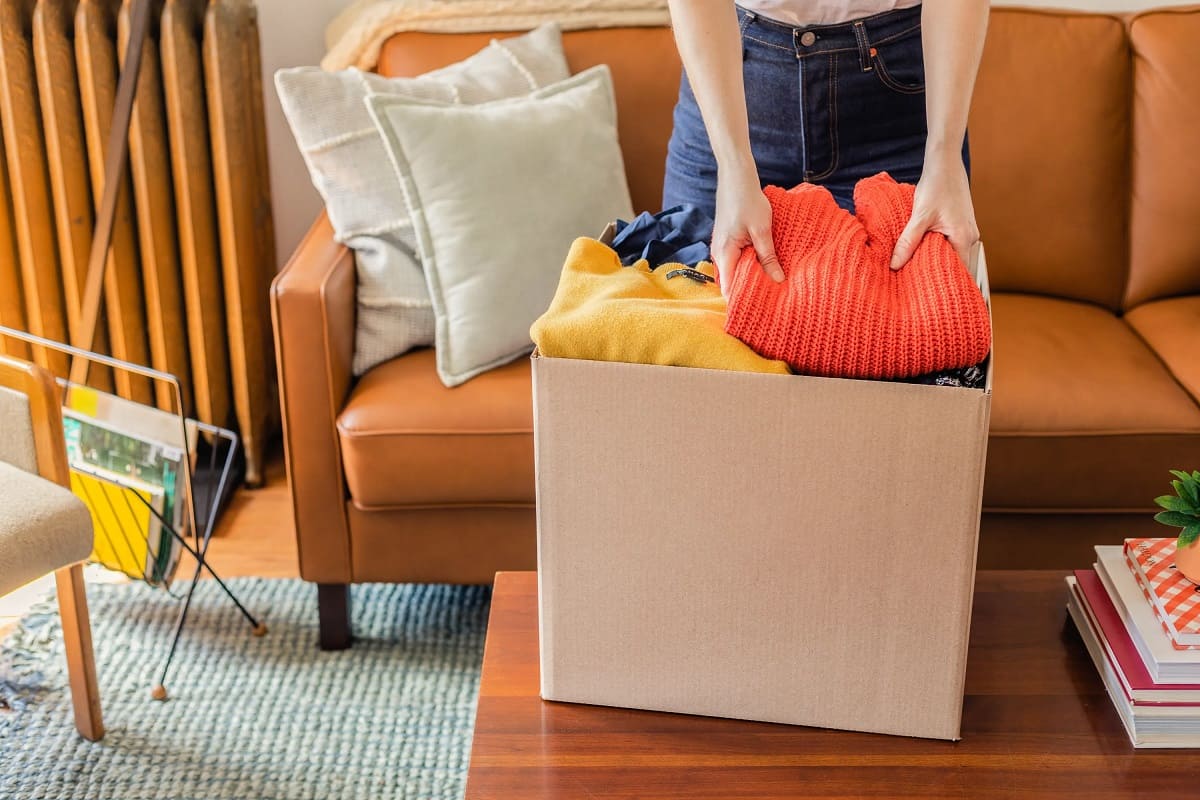

Interior Design
Decluttering Tips: 30 Ways To Tidy And Organize Your Home
Modified: October 20, 2024
Discover 30 effective decluttering tips to transform your home with efficient interior design. Start tidying and organizing your space today!
(Many of the links in this article redirect to a specific reviewed product. Your purchase of these products through affiliate links helps to generate commission for Storables.com, at no extra cost. Learn more)
Decluttering Tips: 30 Ways to Tidy and Organize Your Home
Maintaining a tidy and organized home can bring a sense of calm and tranquility to your living space. However, the process of decluttering and organizing can often feel overwhelming. To help you get started, we have compiled 30 practical tips that will transform your home into a clutter-free sanctuary.
Key Takeaways:
- Transform your home into a clutter-free sanctuary with 30 practical tips for decluttering and organizing every corner, from the kitchen to the laundry room. Create a serene and efficient living space with these actionable strategies.
- Maximize space and efficiency in every area of your home, from the kitchen to the garage, with smart organization tips. Declutter and create a harmonious living environment with practical and actionable strategies.
Kitchen Organization
1. Clearing out expired food items: Regularly check your pantry, refrigerator, and freezer for any expired or spoiled food. This will help create more space and prevent the buildup of clutter.
2. Organizing pantry shelves: Use clear storage containers or stackable bins to organize dry goods such as flour, pasta, and cereal. Label each container for easy identification.
3. Creating a utensil drawer system: Use drawer dividers to separate and organize your utensils. This makes it easier to find what you need and prevents them from becoming a tangled mess.
4. Arranging spice jars alphabetically: Place your spice jars in alphabetical order to quickly locate the ones you need. Consider using a tiered spice rack or magnetic strips to save valuable counter or cabinet space.
5. Maximizing cabinet space: Install shelves inside your cabinets to create additional storage space. This allows you to utilize the vertical space efficiently and keep items easily accessible.
Closet Organization
6. Sorting clothes by category: Divide your clothes into categories, such as shirts, pants, dresses, and jackets. This makes it easier to find and put away items.
7. Utilizing hanging organizers: Hang shoe organizers or hanging shelves inside your closet to store accessories, shoes, or folded clothes. This maximizes vertical space and keeps everything within reach.
8. Folding clothes vertically: Instead of stacking clothes on top of each other, try folding them vertically so you can see everything at once. This method saves space and makes it easier to find specific items.
9. Investing in storage bins: Use storage bins or baskets to group similar items, such as scarves, belts, or hats. Label each bin to quickly locate what you need.
10. Organizing accessories: Use drawer dividers or jewelry organizers to keep accessories like necklaces, earrings, and bracelets tangle-free and easily accessible.
Bathroom Organization
11. Decluttering expired toiletries: Check your bathroom cabinets and drawers for expired or unused toiletries. Dispose of them properly to free up space.
12. Sorting towels and linens: Keep towels and linens neatly folded and sorted by size and type. Utilize baskets or shelves to store them effectively.
13. Creating storage for personal care items: Use small organizers or trays to corral items like toothbrushes, toothpaste, and skincare products. This keeps the countertop clutter-free and organized.
14. Organizing the medicine cabinet: Dispose of expired medications and organize the remaining ones by category. Utilize clear storage containers or baskets to keep them tidy and easily accessible.
15. Maximizing under-sink space: Install storage racks or use stackable bins to make the most of the often underutilized space under the sink. Store cleaning supplies or extra toiletries in these areas.
Please note that this is only a sample of the article. The full article will continue with tips for living room organization, bedroom organization, home office organization, garage organization, and laundry room organization.
Introduction
A cluttered and disorganized home can lead to feelings of stress and overwhelm. However, with the right approach and a little effort, you can transform your living space into a tidy and organized haven. Whether you’re a minimalist at heart or simply looking to declutter and create more functional spaces, these 30 tips will guide you on your journey to an organized home.
One of the first steps in decluttering is to assess your belongings and decide what to keep, donate, or discard. Letting go of items that no longer serve a purpose or that you no longer love can be liberating. It’s important to be mindful of the items you bring into your home and only keep those that truly bring you joy or have practical value.
Once you’ve decided what to keep, it’s time to find a home for everything. Having designated spaces for your belongings not only helps keep your home organized, but it also makes it easier to find what you need when you need it. From the kitchen to the bedroom, each area of your home requires its own organizing strategies and systems.
In the kitchen, an organized pantry and utensil drawer can make meal preparation a breeze. Sorting items by category and arranging them in a logical order can save you time and frustration. Similarly, in the closet, utilizing hanging organizers and folding clothes vertically can maximize storage space and make it easier to see and access your wardrobe.
The bathroom can easily become cluttered with toiletries and towels. By decluttering expired items and creating storage solutions, you can transform this space into a calming oasis. The living room, bedroom, home office, garage, and laundry room also require specific decluttering and organizing techniques to make them functional and efficient.
Throughout this article, we will explore 30 practical and actionable tips to help you declutter and organize every corner of your home. From creating storage solutions to implementing organization systems, these tips will empower you to take control of your space and create a harmonious living environment.
Remember, the journey to an organized home is not a one-time event. It requires ongoing maintenance and a commitment to keeping clutter at bay. With these tips and a little dedication, you can transform your home into a space that promotes peace, productivity, and a sense of calm. Let’s dive in and get started on the path to an organized and clutter-free home!
Key Takeaways:
- Transform your home into a clutter-free sanctuary with 30 practical tips for decluttering and organizing every corner, from the kitchen to the laundry room. Create a serene and efficient living space with these actionable strategies.
- Maximize space and efficiency in every area of your home, from the kitchen to the garage, with smart organization tips. Declutter and create a harmonious living environment with practical and actionable strategies.
Kitchen Organization
The kitchen is often considered the heart of the home, but it can quickly become a cluttered and chaotic space if not properly organized. By implementing a few simple strategies, you can transform your kitchen into a functional and efficient area for cooking and meal preparation.
1. Clearing out expired food items: Start your kitchen organization journey by going through your pantry, refrigerator, and freezer to check for any expired or spoiled food items. Discard anything that is past its prime or no longer safe to consume. This not only frees up valuable space but also ensures that you’re only using fresh and safe ingredients in your meals.
2. Organizing pantry shelves: After decluttering, it’s time to organize your pantry shelves. Invest in clear storage containers or stackable bins to hold dry goods such as flour, pasta, and cereal. These containers not only keep your pantry looking neat and tidy but also make it easy to see what items you have on hand. Consider labeling each container to quickly identify its contents.
3. Creating a utensil drawer system: Utensils can easily become jumbled and hard to find in a messy drawer. Take the time to create a utensil drawer system by using drawer dividers. Separate your utensils into categories such as spatulas, serving spoons, and whisks. This arrangement makes it easy to locate the exact utensil you need without searching through a jumbled mess.
4. Arranging spice jars alphabetically: Is finding the right spice always a challenge in your kitchen? Arrange your spice jars alphabetically to make cooking a breeze. Consider using a tiered spice rack or magnetic strips on the inside of your pantry door to save counter or cabinet space. This not only keeps your spices organized but also enhances your cooking efficiency.
5. Maximizing cabinet space: Cabinets can quickly become cluttered and overcrowded if not utilized efficiently. Install additional shelves inside your cabinets to maximize vertical space. This allows you to store more items and keeps everything easily accessible. Consider using stacking shelves for mugs or incorporating drawer organizers for plates and bowls to optimize your cabinet space further.
By following these kitchen organization tips, you can create a streamlined and efficient cooking space. Maintaining a clutter-free kitchen not only saves you time and frustration but also promotes healthy eating habits by ensuring that you have a well-organized pantry stocked with fresh ingredients. Soon, you’ll be able to cook and prepare meals with ease, making the kitchen a more enjoyable space for you and your family.
Closet Organization
A well-organized closet not only makes it easier to find and select clothing items but also creates a sense of calm and order in your daily routine. By implementing a few smart strategies, you can transform your closet into an organized and functional space.
1. Sorting clothes by category: Start by sorting your clothes into categories, such as shirts, pants, dresses, and jackets. This helps you quickly locate specific items and makes it easier to maintain an organized closet. Consider grouping similar items together within each category, such as arranging shirts from light to dark or separating dress pants from casual ones.
2. Utilizing hanging organizers: Hanging organizers, such as shoe racks or hanging shelves, are great tools for maximizing space in your closet. Use them to store accessories, shoes, or folded clothes. Hanging organizers take advantage of vertical space and keep items easily within reach. They are especially helpful for smaller closets or for adding extra storage to large closets.
3. Folding clothes vertically: Instead of stacking clothes on top of one another, try folding them vertically. This method, also known as the KonMari folding technique, allows you to see all your clothes at a glance, preventing items from getting hidden or forgotten at the bottom of a pile. It also saves space, making it easier to fit more items into your drawers or shelves.
4. Investing in storage bins: Storage bins or baskets are a great solution for organizing smaller items, such as scarves, belts, or hats. Use them to group similar accessories together and keep them organized. Label each bin to quickly identify its contents and make it easier to find the specific accessory you’re looking for.
5. Organizing accessories: Keep your accessories, such as jewelry and belts, organized and easily accessible. Use drawer dividers or small organizers to keep them separated and prevent tangling. Consider using jewelry trays or hanging organizers to display and store your jewelry, making it easier to see and select pieces to complete your outfits.
By implementing these closet organization tips, you can create a clutter-free and well-structured space for your clothes and accessories. Not only will this streamline your daily routine, but it will also help you make the most of your wardrobe by allowing you to see and appreciate all the items you own. A well-organized closet can be a game-changer, making getting dressed a breeze and leaving you feeling confident and put-together every day.
Bathroom Organization
The bathroom is one of the most frequently used spaces in your home and can quickly become cluttered with toiletries, towels, and various personal care items. By implementing a few smart organization strategies, you can turn your bathroom into a serene and organized oasis.
1. Decluttering expired toiletries: Start your bathroom organization by going through your cabinets and drawers to check for expired or unused toiletries. Dispose of any items that have passed their expiration date or are no longer needed. This will free up valuable space and ensure that you’re only using safe and effective products.
2. Sorting towels and linens: Keep your towels and linens neatly sorted by size and type. Consider using dedicated shelves or baskets to store them. To save space, fold towels and linens in a consistent manner and stack them vertically. This not only looks visually appealing but also ensures that you can easily grab the towel or linen you need without disturbing the rest.
3. Creating storage for personal care items: Corral your personal care items, such as toothbrushes, toothpaste, and skincare products, by using small organizers or trays. These containers keep the countertop clear and prevent these items from becoming jumbled and scattered. Assign a designated spot for each category of personal care items, making it easy to find what you need and maintain a clutter-free space.
4. Organizing the medicine cabinet: Take the time to organize your medicine cabinet. Dispose of any expired medications and group the remaining ones by category, such as pain relievers, cold medicine, or first aid supplies. Utilize clear storage containers or baskets to keep items organized and easily accessible. Label each container for quick identification.
5. Maximizing under-sink space: The under-sink area can often be underutilized and become a breeding ground for clutter. Install shelves, use stackable bins, or implement pull-out drawers to make the most of this valuable space. Utilize these areas to store cleaning supplies, extra toiletries, or additional linens. Keeping these items organized ensures that your under-sink space remains tidy and functional.
By implementing these bathroom organization tips, you can create a clean and efficient space. Maintaining an organized bathroom not only saves you time when getting ready but also promotes a sense of relaxation and serenity. With everything in its place, your bathroom will become a peaceful retreat to start and end your day on a positive note.
Living Room Organization
The living room is often the heart of the home, where family and friends gather to relax and spend quality time together. Keeping this space organized and clutter-free not only enhances its visual appeal but also promotes a sense of calm and serenity. Here are some tips to help you achieve a well-organized living room:
1. Decluttering books and magazines: Start by decluttering your bookshelves and magazine racks. Remove any books or magazines that you no longer read or have finished. Consider donating them to libraries, schools, or local organizations. This will free up space and ensure that your collection consists of items you truly enjoy.
2. Styling shelves with decorative storage: Rather than having shelves filled with random items, consider using decorative storage solutions to organize your belongings. Use baskets, bins, or decorative boxes to store and categorize items such as remote controls, gaming accessories, or small electronics. This not only keeps your living room tidy but also adds a touch of style to your shelves.
3. Creating designated zones for belongings: Establish specific zones in your living room for different activities and belongings. For example, create a designated area for board games or puzzles, complete with storage bins to keep all the pieces together. Establish a cozy reading corner with a small bookshelf and a comfortable chair.
4. Utilizing storage ottomans: Invest in storage ottomans that can serve a dual purpose in your living room. Not only can they provide additional seating or a place to rest your feet, but they also have hidden storage space inside. Use these ottomans to store blankets, pillows, or other items that tend to accumulate in the living room.
5. Organizing electronic devices and cords: With so many electronic devices in the living room, it’s important to keep their cords and accessories organized. Use cable management solutions such as cord clips or cable sleeves to keep cords neatly tucked away and prevent them from becoming a tangled mess. Keep all related accessories, such as charging cords and remotes, in designated storage compartments or small organizers.
By following these living room organization tips, you can create a welcoming and clutter-free space for relaxation and entertainment. An organized living room not only enhances the overall aesthetic appeal but also ensures that everything has its place, making it easier for you and your family to enjoy quality time together.
Read more: What Is The Marie Kondo Method?
Bedroom Organization
Your bedroom should be a sanctuary of rest and relaxation, and a well-organized space can contribute to a peaceful environment. By implementing smart organization strategies, you can create a clutter-free bedroom that promotes a sense of calm and tranquility.
1. Clearing bedside table clutter: Start by decluttering your bedside table. Remove any unnecessary items and only keep essentials, such as a lamp, alarm clock, and perhaps a book or journal. Consider using a small tray or decorative box to corral smaller items like hand creams, lip balm, or headphones. Keeping your bedside table clear of clutter promotes a restful and serene atmosphere.
2. Utilizing under-bed storage: Make the most of the often-underutilized space under your bed by using under-bed storage solutions. Invest in storage bins or containers specifically designed to slide under the bed. Use them to store out-of-season clothing, extra bedding, or shoes. Label each container to easily identify the contents and make it a breeze to access and rotate items as needed.
3. Organizing jewelry and accessories: Keep your jewelry and accessories organized by using dedicated storage solutions. Consider using drawer dividers or jewelry organizers to separate and display your jewelry. Hang hooks or use decorative wall-mounted racks for scarves, belts, or hats. By having designated spaces for your accessories, you’ll be able to quickly find what you need and keep everything in its place.
4. Arranging dresser drawers: Take the time to organize your dresser drawers effectively. Assign specific categories to each drawer, such as tops, bottoms, or undergarments. Fold and stack your clothing items vertically, similar to the KonMari method, to maximize space and allow for easy visibility when selecting outfits. This method not only saves space but also prevents clothing from becoming wrinkled or forgotten at the bottom of the drawer.
5. Decluttering and rotating clothes seasonally: To maintain an organized bedroom, it’s essential to periodically declutter and rotate your clothes seasonally. As the seasons change, go through your wardrobe and donate or sell any items you no longer love or wear. Store out-of-season clothing in storage bins or vacuum-sealed bags to free up space in your closet and dresser. This ensures that you have a clutter-free selection of clothing that is appropriate for the current season.
By implementing these bedroom organization tips, you can create a peaceful and organized space that promotes relaxation and restfulness. A clutter-free bedroom allows you to start and end each day in a calm and serene environment, enhancing your overall well-being.
Home Office Organization
An organized home office is essential for productivity and focus. By implementing effective organization strategies, you can create a space that promotes efficiency and minimizes distractions. Here are some tips to help you achieve a well-organized home office:
1. Sorting and organizing paperwork: Start by sorting through your paperwork and determining what needs to be kept, shredded, or scanned digitally. Create categories for your documents, such as financial records, important contracts, or personal files. Use file folders or binder dividers to keep these documents organized and easily accessible.
2. Creating a filing system: A proper filing system is crucial for maintaining an organized home office. Invest in a file cabinet or file box to store your documents. Label each file folder clearly and alphabetically so that you can quickly find what you need. Consider color-coding different categories for added organization and ease of use.
3. Managing cables and cords: Many home offices are equipped with various electronic devices that often come with a tangle of cables and cords. Use cable management solutions, such as cable clips or zip ties, to keep your cables organized and prevent them from becoming a mess. Label your cables with adhesive tags or color-coded stickers to easily identify each one.
4. Arranging desk supplies: Keep your desk supplies organized by using containers or desk organizers. Sort your pens, pencils, scissors, and other supplies into separate compartments or cups. Keep frequently used items within reach and store less-used items in drawers or containers on your desk. Keeping your desk supplies tidy and accessible enhances your workflow and minimizes distractions.
5. Utilizing wall-mounted storage: Take advantage of vertical space by utilizing wall-mounted storage options. Install shelves, bulletin boards, or pegboards to keep your office supplies, notes, or important reminders visible and organized. This not only frees up desk space but also offers a visually pleasing and functional storage solution.
By implementing these home office organization strategies, you can create a productive and efficient workspace. An organized home office reduces the time wasted on searching for documents or supplies and allows you to focus on your tasks. Keep in mind that regular maintenance is essential to uphold an organized space, so take a few moments at the end of each workday to tidy up and ensure everything is in its rightful place. With a well-organized home office, you’ll be able to work more efficiently and effectively.
Garage Organization
The garage often becomes a catch-all space for various items, making it challenging to find what you need when you need it. By implementing effective organization strategies, you can transform your garage into a functional and efficient space. Here are some tips for organizing your garage:
1. Decluttering and organizing tools: Start by decluttering your tools. Sort through them and determine which ones you use regularly and which ones you no longer need. Dispose of any broken or unused tools. Invest in a tool organizer or pegboard to keep your tools neatly arranged and easily accessible.
2. Maximizing vertical storage: Make the most of your garage’s vertical space by installing shelves or wall-mounted storage systems. Utilize this space to store items such as paint cans, gardening supplies, or automotive fluids. Clear plastic containers with lids are great for storing smaller items while keeping them visible. Label each container to easily identify its contents.
3. Sorting and categorizing hardware: One of the biggest challenges in organizing a garage is keeping hardware like nails, screws, and bolts in order. Use small storage containers or drawer organizers to sort and categorize these items. Group similar items together and label each container to make it easy to find what you need.
4. Utilizing overhead storage bins: Take advantage of the space above your head by installing overhead storage bins or racks. These are ideal for items that are used less frequently, such as seasonal decorations or camping gear. Utilize clear storage bins to keep items visible and easy to locate when needed.
5. Creating a designated workbench area: Designate a specific area in your garage as a workbench. Keep this space clutter-free and organized by utilizing wall-mounted tool holders, shelves, and hooks to store frequently used tools. Consider installing a pegboard above the workbench to keep tools within reach. Have a designated spot for power tools, keeping cords organized with cable ties or cord reels.
By implementing these garage organization tips, you can create an organized and functional space that makes it easy to find and access your belongings. Keep in mind that regular maintenance is essential to uphold an organized garage, so take the time to put items back in their designated spots after each use. With an organized garage, you’ll optimize the use of the space and make it a more efficient and enjoyable area for projects and storage.
Laundry Room Organization
The laundry room is often a hub of activity and can easily become cluttered with cleaning supplies, laundry products, and piles of clothes. By implementing effective organization strategies, you can transform your laundry room into a functional and organized space. Here are some tips for organizing your laundry room:
1. Decluttering cleaning supplies: Start by decluttering your cleaning supplies. Dispose of any expired or unused products. Keep only the essentials within reach, such as laundry detergent, stain removers, and fabric softeners. Store them in a designated cleaning supply caddy or on a shelf for easy access.
2. Sorting and organizing laundry products: Sort your laundry products, such as detergent pods, dryer sheets, and stain removers. Use containers or bins to keep similar products together and neatly organized. Consider labeling each container to easily identify its contents. This will minimize clutter and make it easier to find what you need when doing laundry.
3. Creating a sorting system for laundry: Establish a system for sorting laundry before washing. Use separate bins or hampers to sort clothes by color, fabric type, or family member. If space is limited, wall-mounted laundry sorting bins can be a great space-saving solution. Ensure that each bin is clearly labeled to make it easier to separate and wash clothes efficiently.
4. Utilizing vertical wall space: Maximize the use of vertical wall space by installing shelves, hooks, or wall-mounted organizers. Use these spaces to store frequently used items such as ironing supplies, laundry bags, or drying racks. Hanging hooks on the wall can also be useful for hanging items like brooms, mops, or ironing boards.
5. Maximizing countertop and shelf space: Organize your laundry room countertops and shelves to maximize the available space. Utilize storage containers or baskets to keep smaller items like clothespins, sewing kits, or lint rollers in one place. If you have open shelving, consider using decorative bins or baskets to store items that can clutter the space and maintain a tidy appearance.
By implementing these laundry room organization tips, you can create a well-organized and efficient space for doing laundry. A clutter-free laundry room makes it easier to find supplies, sort laundry, and complete the task efficiently. Keep in mind that regular maintenance and putting items back in their designated spots after each use are essential for upholding an organized laundry room. With an organized laundry room, you’ll be able to streamline your laundry routine and make the chore a more manageable and enjoyable task.
Frequently Asked Questions about Decluttering Tips: 30 Ways To Tidy And Organize Your Home
Was this page helpful?
At Storables.com, we guarantee accurate and reliable information. Our content, validated by Expert Board Contributors, is crafted following stringent Editorial Policies. We're committed to providing you with well-researched, expert-backed insights for all your informational needs.
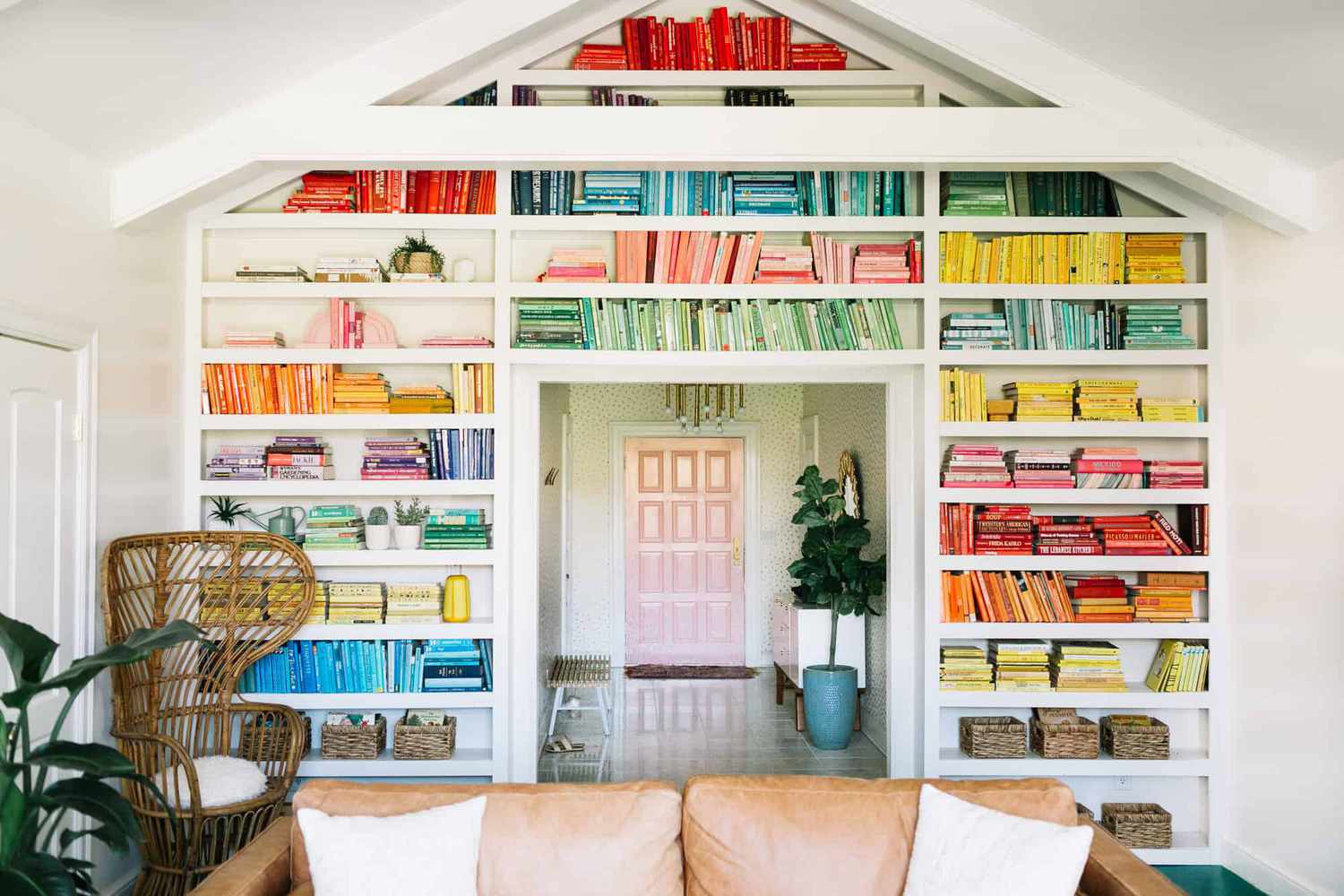
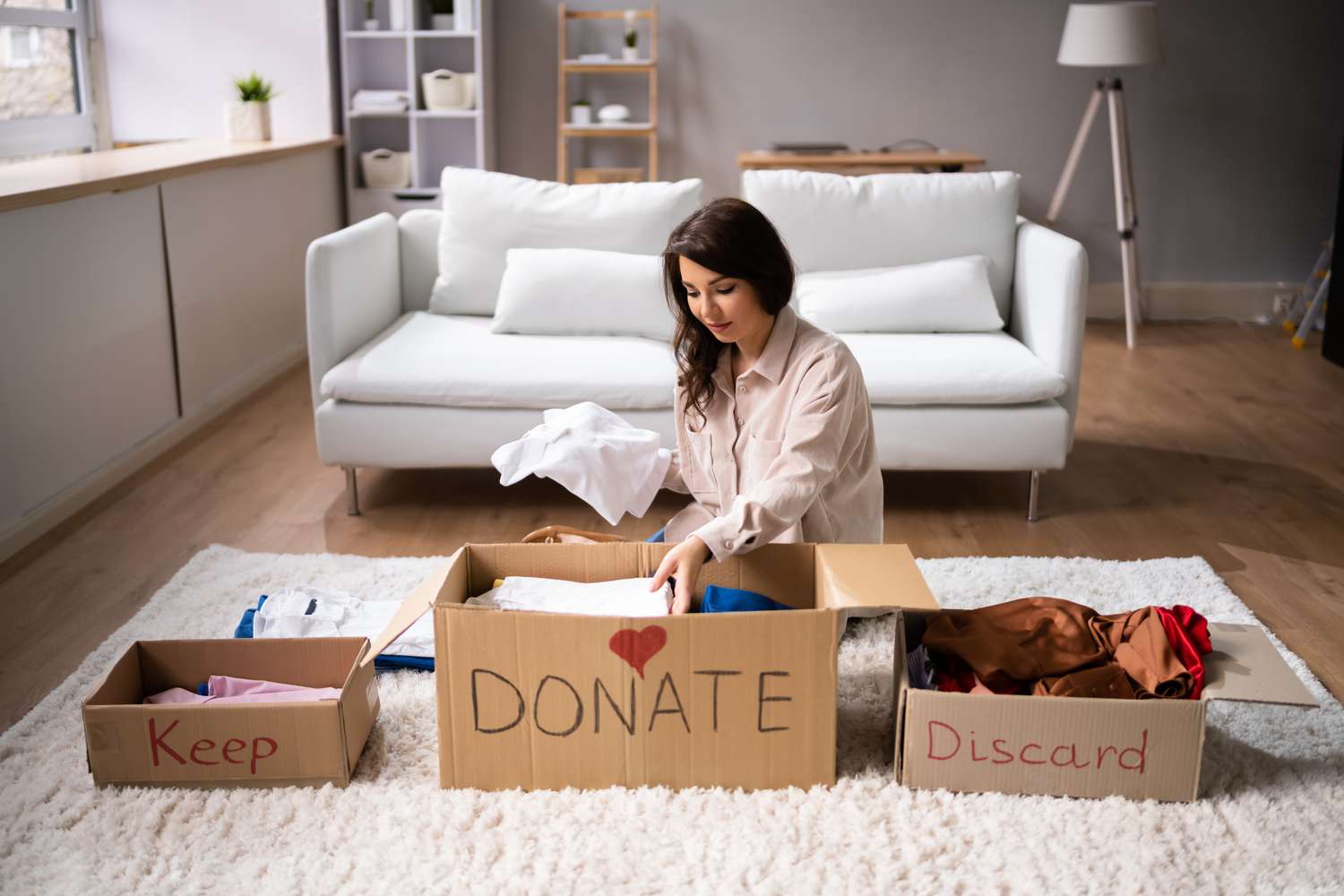
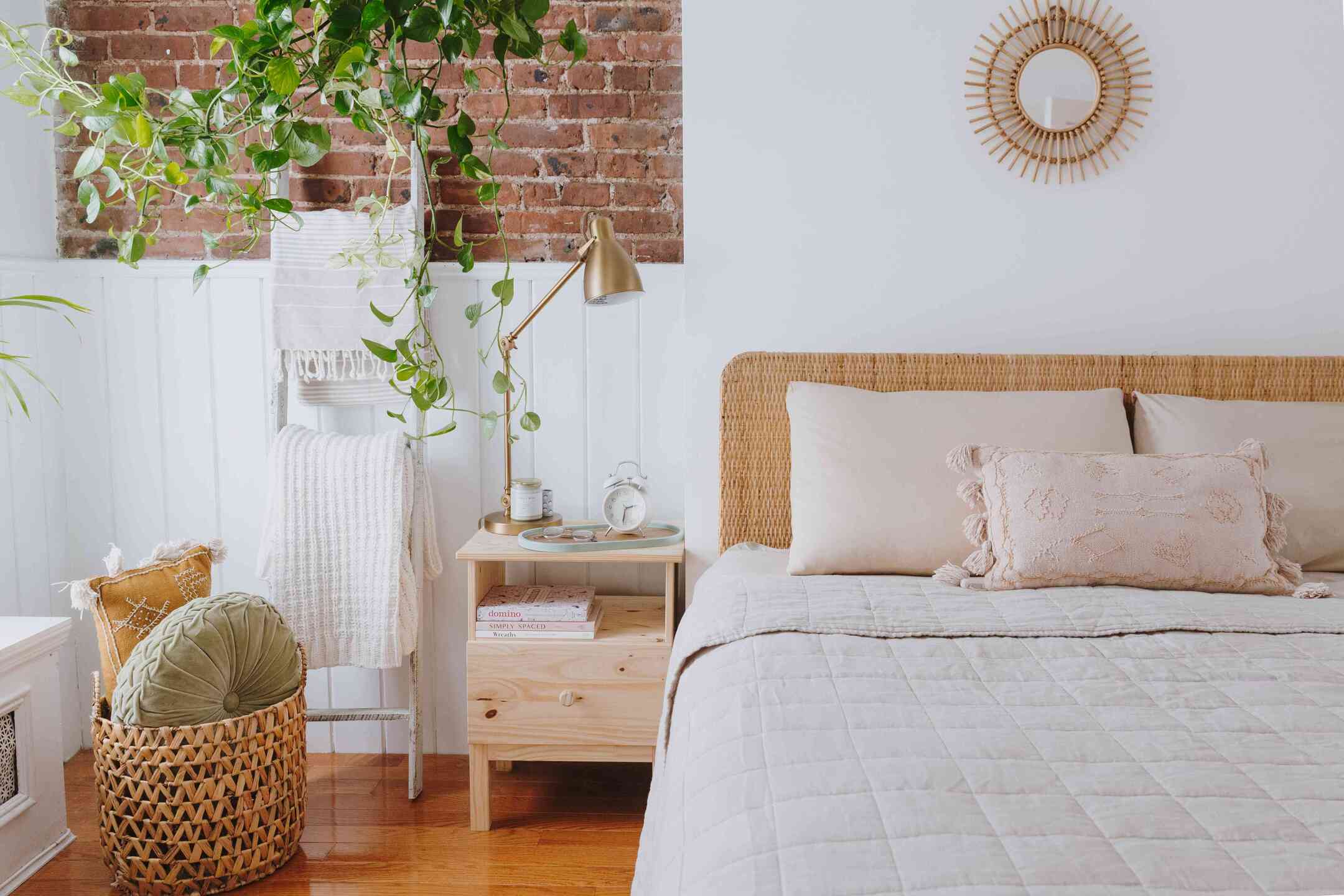
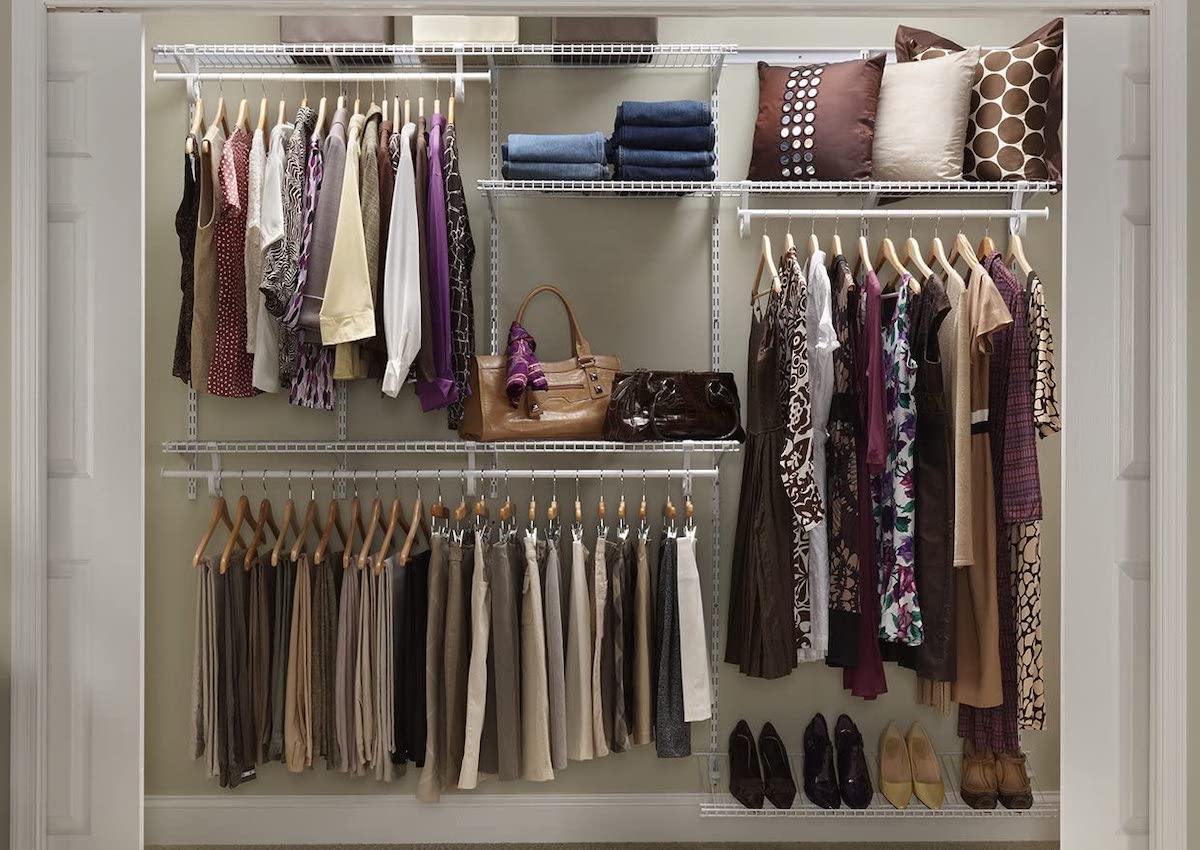
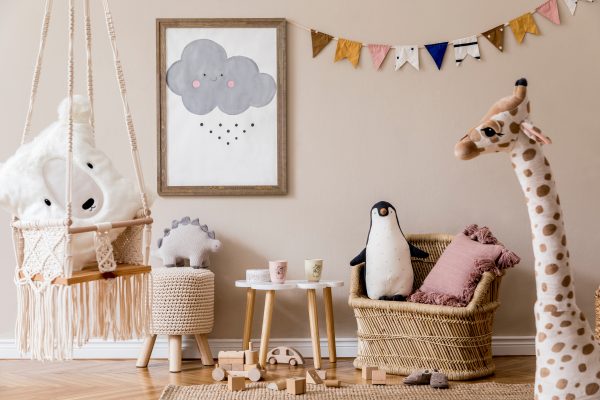
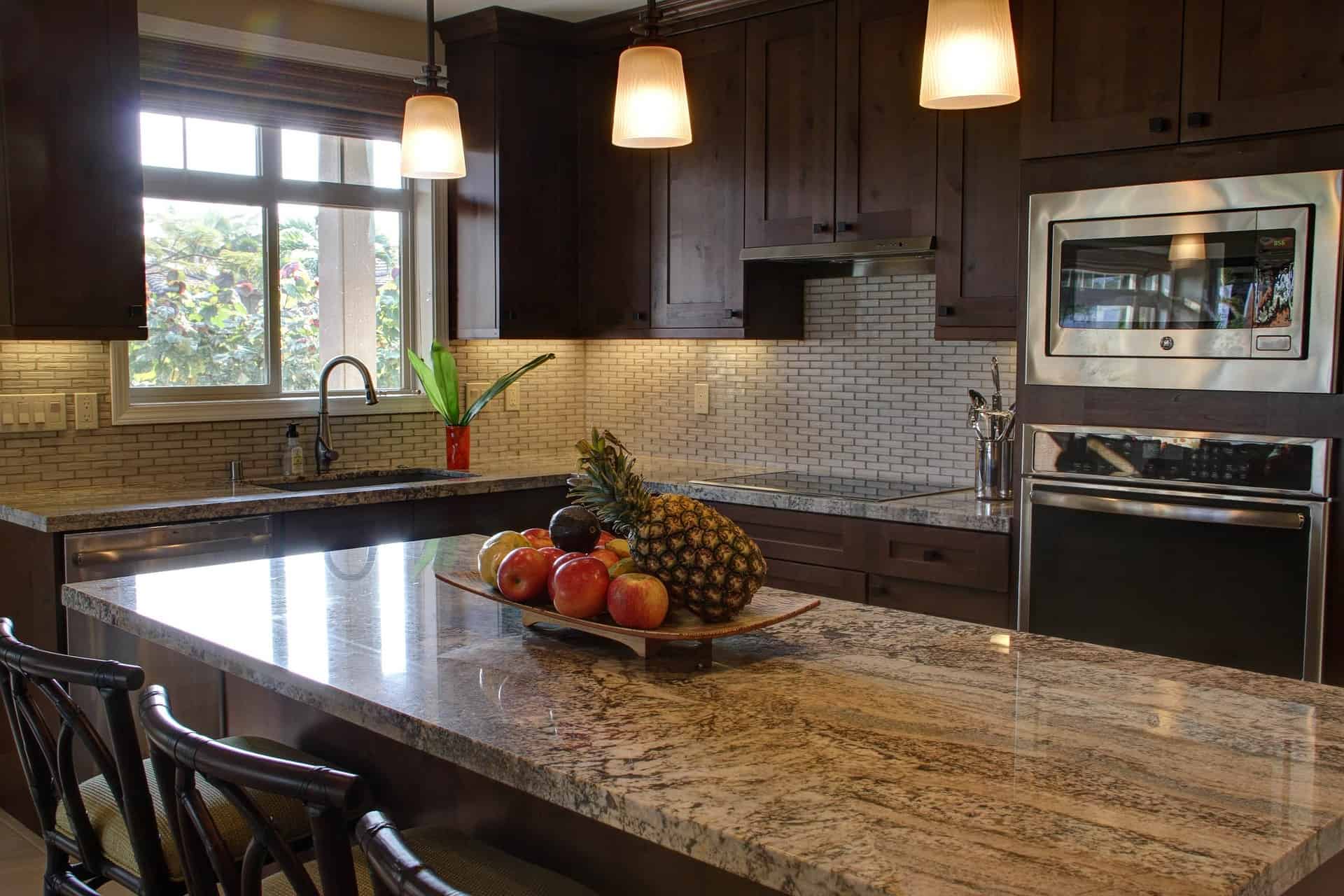
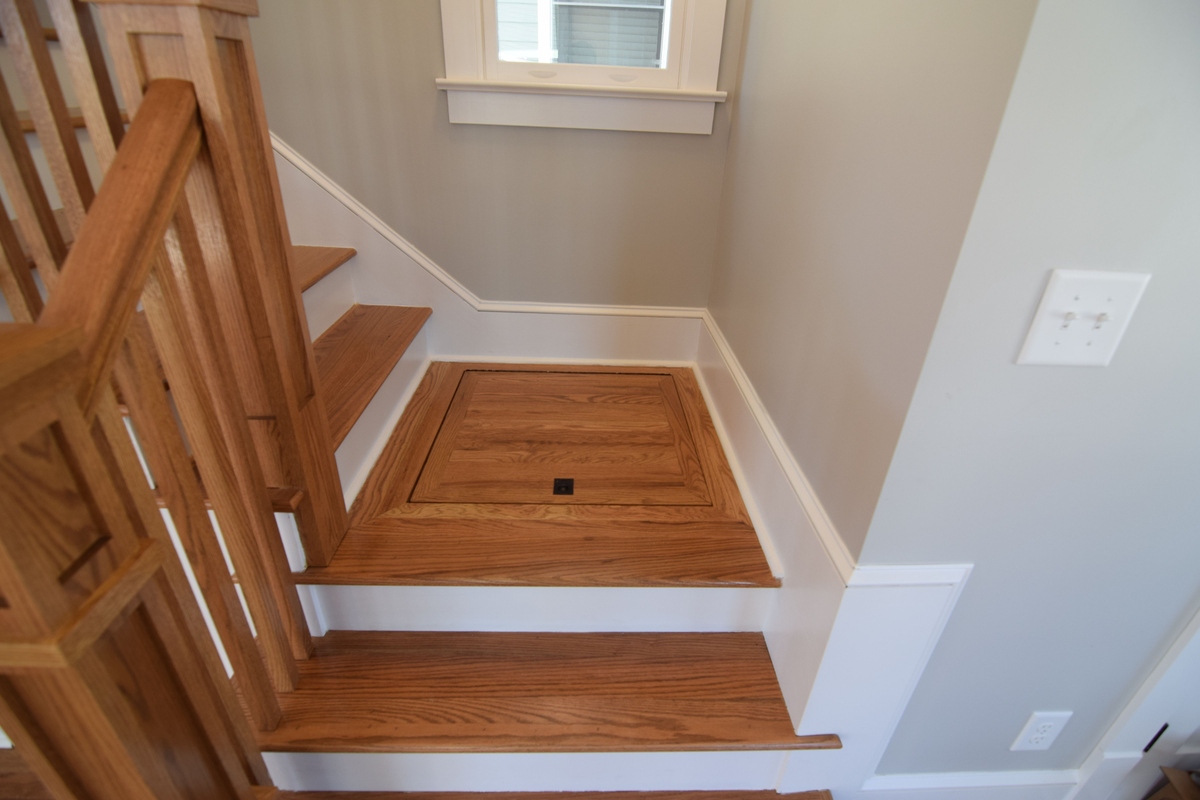
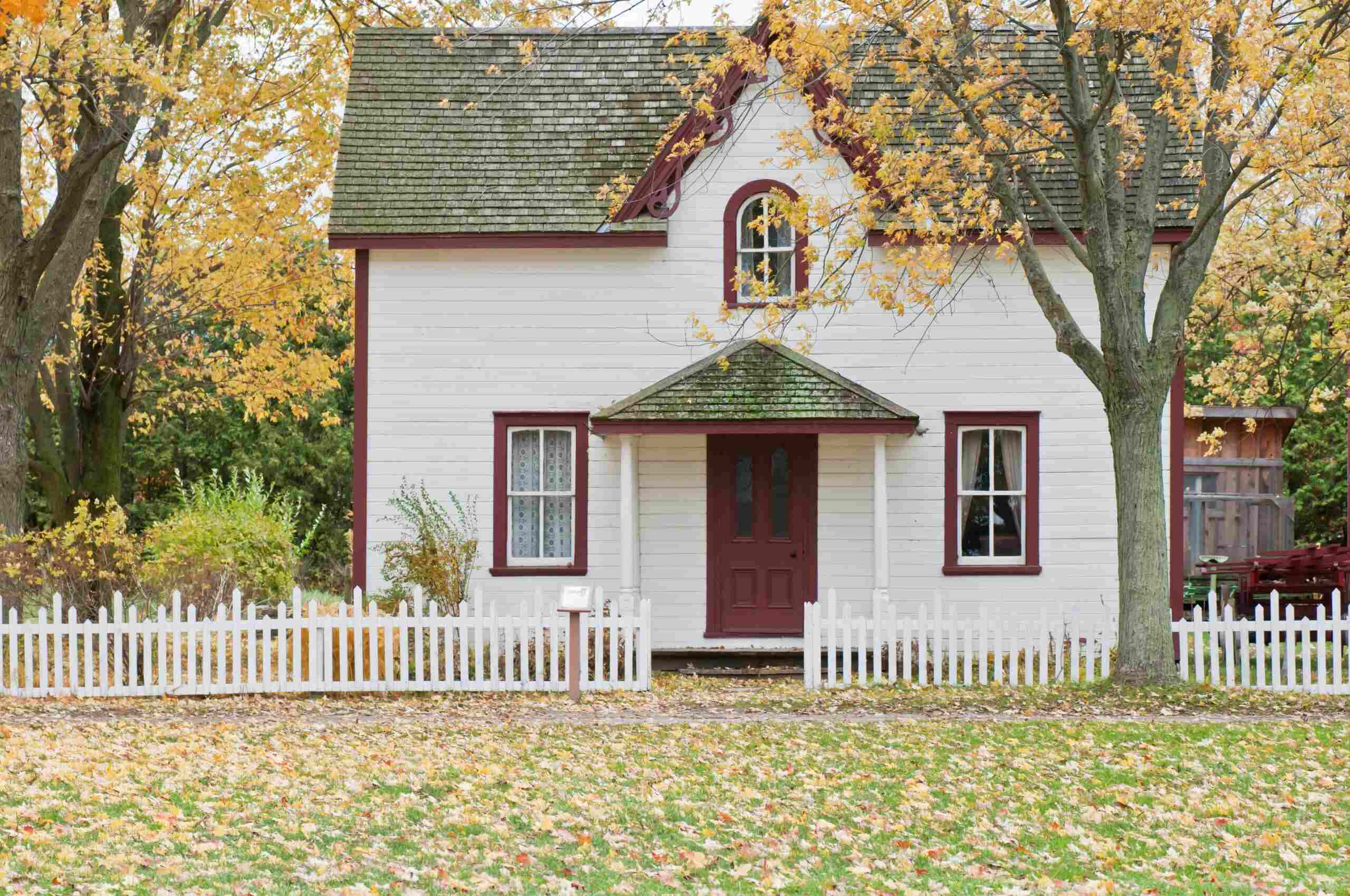

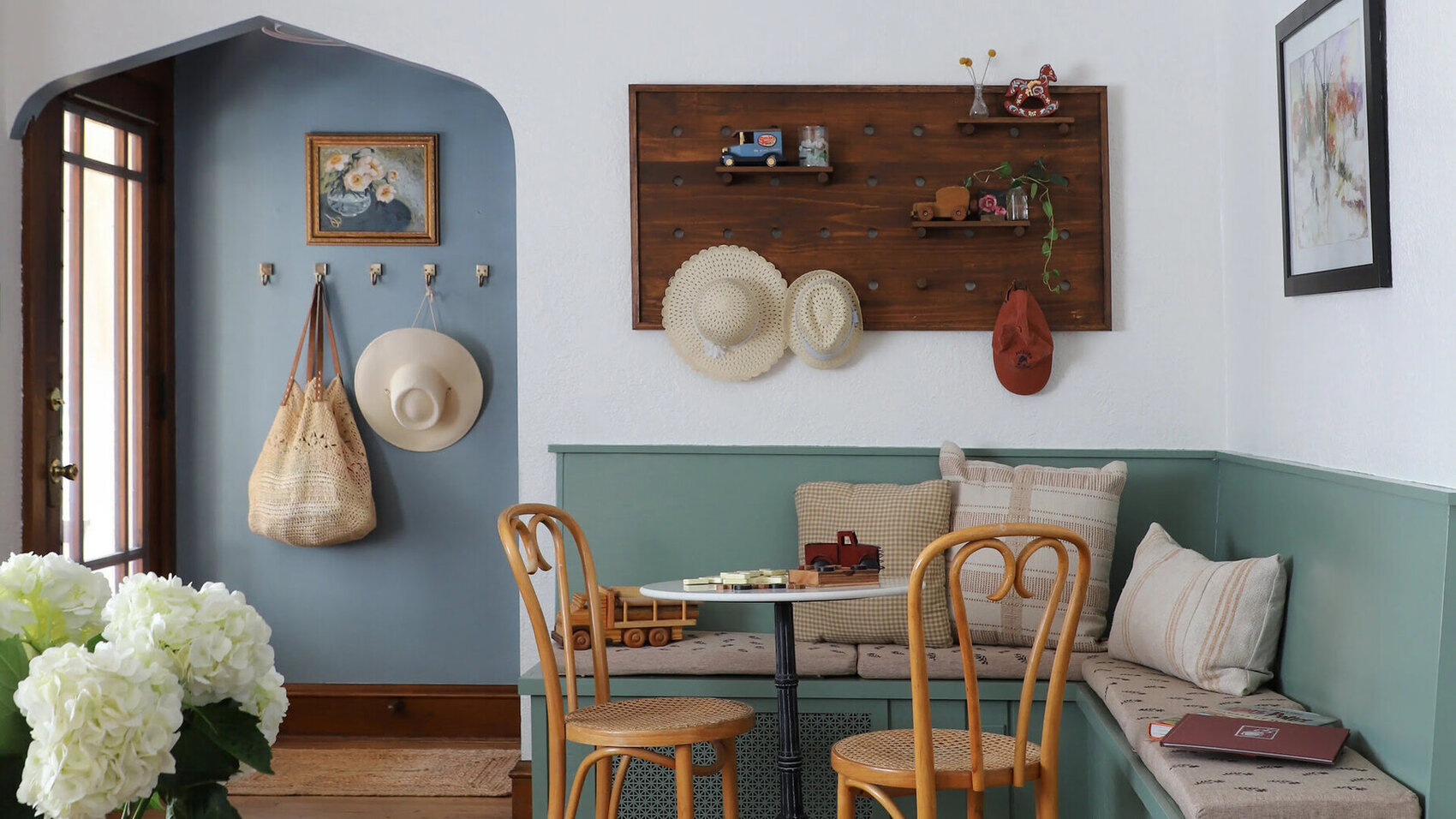
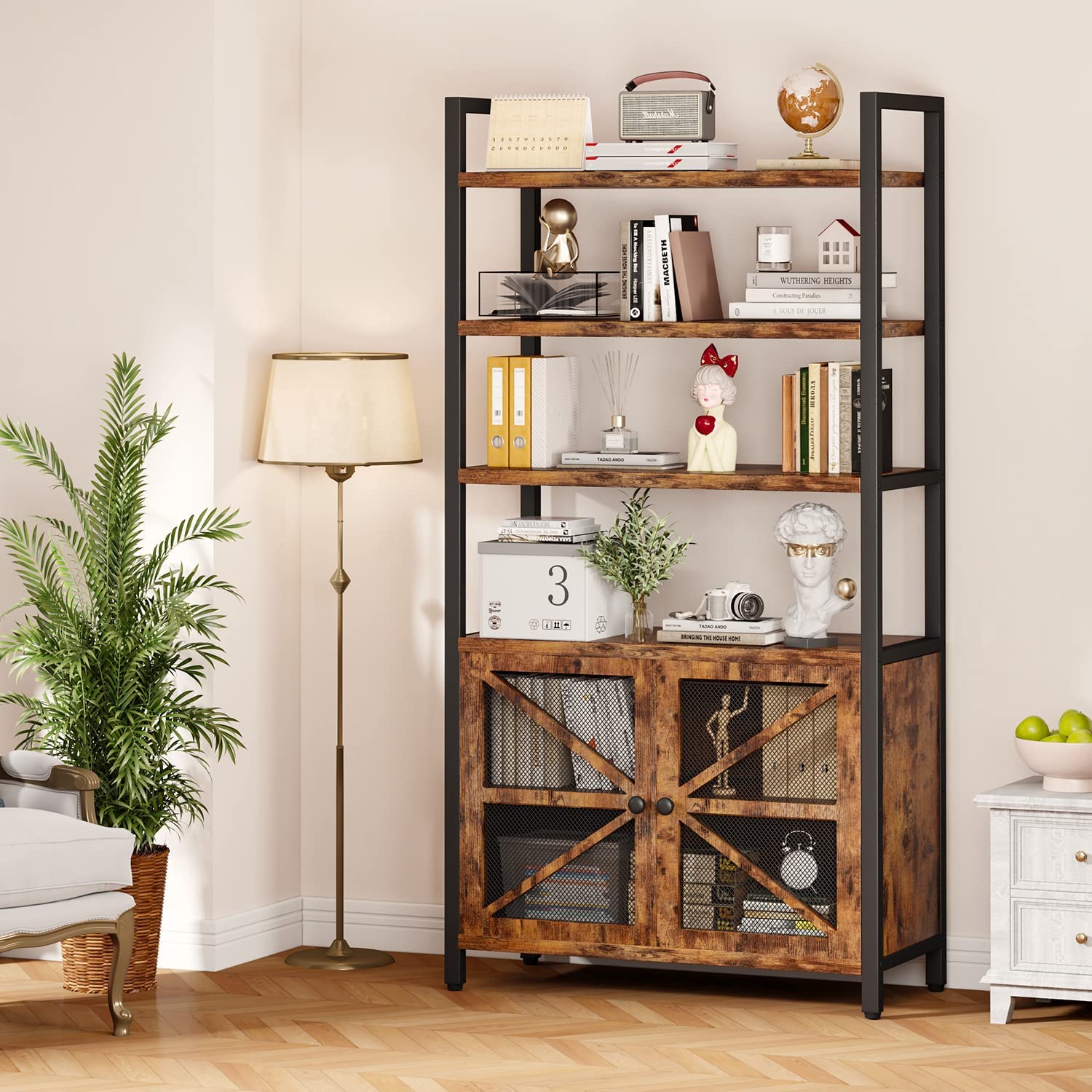
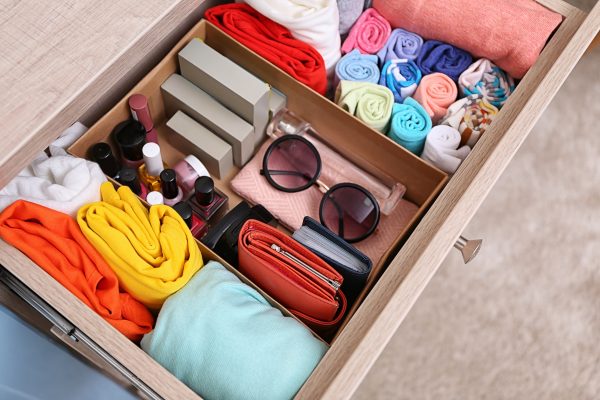
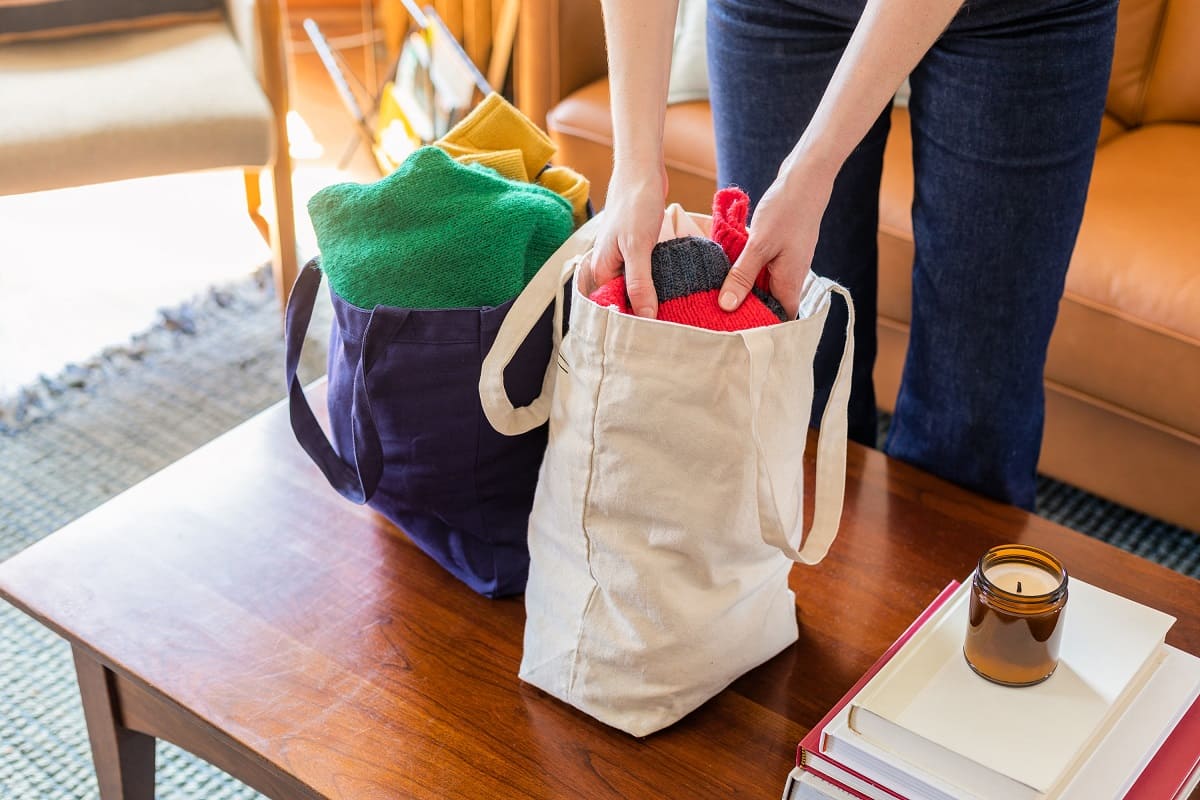

0 thoughts on “Decluttering Tips: 30 Ways To Tidy And Organize Your Home”